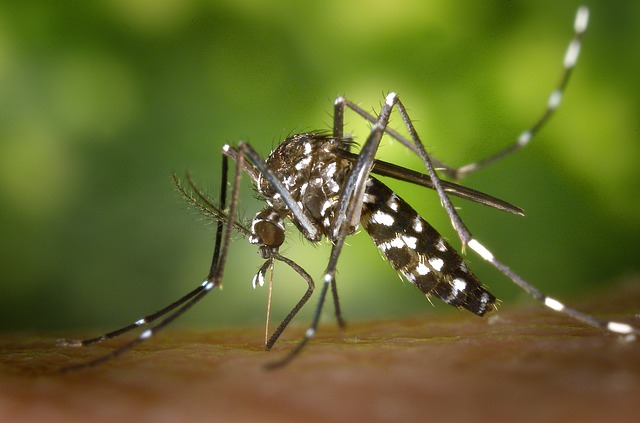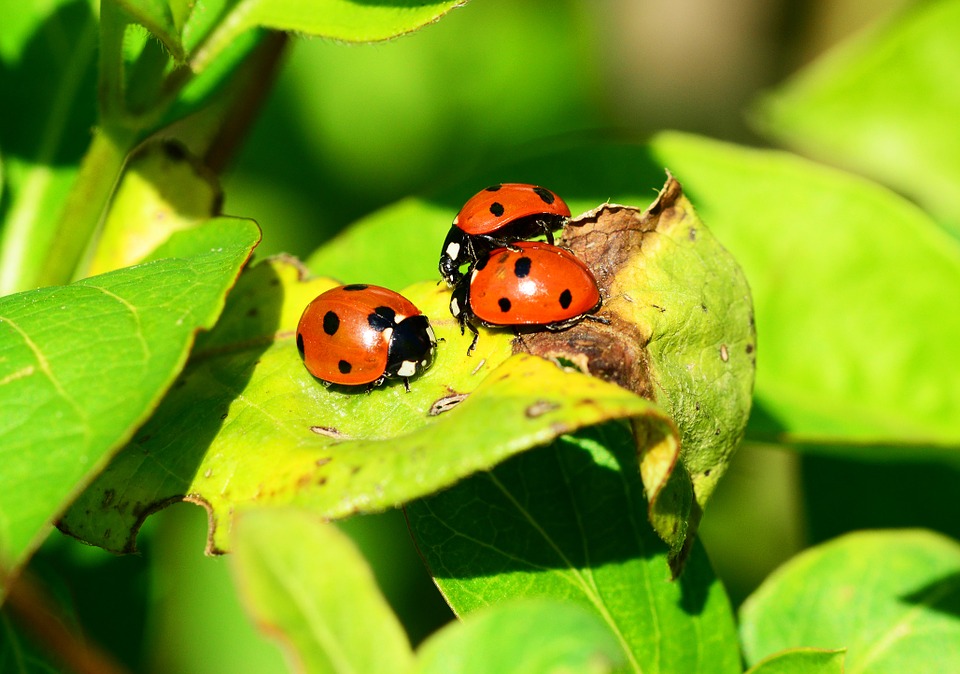
What is a bat house? And better yet, why would you want one on your property? These are both commonly asked questions. Whether you’re just curious or have always wanted to have bats in your yard here’s what you’ll need to know.
Bats are nocturnal creatures that are very helpful to the environment. Where they live is known as a roost. And a bat house is a manmade roost for bats. However, bats have very specific needs and bat houses are designed to meet them.
While there are no guarantee bats will actually use a bat house, because they have features that appeal to them when they are placed in a suitable location they may move in. And that’s a good thing because having them close by offers many advantages.
Bat House Benefits
Many people’s favorite thing about bats is that many species consume insects. Not only do they eat them, but each individual bat can eat very large quantities despite being relatively small in size. Therefore, one of the best bat house benefits is simply having your own army of bug-eating machines.
Bats also produce guano which is one of the best all-natural fertilizers for your lawn or garden. An added benefit is that by providing bats with a house of their own they are much less likely to want to take up residence in yours.
Bat House Basics
Bats generally like to live in narrow crevices. And houses are designed to be narrow as well to mimic them. Houses are also normally wide and tall which allows the house to trap heat and while providing the bats with multiple rooms also called chambers.
Unlike birdhouses, those made for bats have their entrances located at the bottom. Many also have features such as landing pads and even safety nets to catch any falling bat pups. Bat houses are usually made from wood such as red cedar, but also may be made from materials such as recycled plastic as well. If you’re handy and have a set of plans you can build your own bat house from wood.
Bat House Placement
Where you place the house is very important. If it’s not to their liking the bats in your area simply won’t use it. Hanging a bat house in a location where it receives at least six hours of direct sunlight per day will help since bats like it hot. Placing it within a quarter of a mile of a water source will also help to attract bats.
By mounting your box on a pole or a building instead of a tree it can increase the amount of sunlight it receives. It will also help to keep predators from having access to it. As for height, installing the house ten to twenty feet off the ground is ideal.
You now know the basics of bat houses. With the right location and a suitable house, you’ll soon be on the way to enjoying the many benefits of having bats in your yard.
Start Shopping for Bat Houses!
Where To Put A Bat House
Buy on Amazon Where to put a bat house is an important decision. If it’s not in an appropriate spot, you may be putting your resident bats in danger. Or you may end up with an empty house since no bats are interested in living in it. So you’ll need to know a few...
Beneficial Garden Insects And Creatures Often Confused For Pests
There are many animals that we consider to be pests. However, many of them actually perform critical tasks and help to control the populations of much more devastating species. The following beneficial insects and creatures are ones you’ll want to keep around....
The Most Common Backyard Pests
Your backyard is an ecosystem, however, not all of the animals which reside in or near it have the manners you’d like them to. There are many different animals that can be a nuisance. Here are some of the most common backyard pests that you’re likely to encounter....
The Complete Alligator Decoy Guide
Buy on Amazon Trying to keep predators and pests out of your pond or pool can seem like an impossible task. It can be time-consuming, frustrating, and the damage they cause can be costly and messy. With an alligator decoy, you’ll be able to use their instincts against...
How To Keep Mosquitoes Away From Your Outdoor Living space
If you want to enjoy your outdoor living space during the warmer months without getting eaten alive by mosquitoes, then there is work to be done. Read on below to find out exactly how to keep these blood-sucking pests away from your backyard when the temperature heats...
Pest Control Planning-3 Methods That Are Safe For Your Home and Family
Just the thought of dealing with an infestation of insects or rodents can be enough to send homeowners into a panic. Yet at the same time, the idea of spraying dangerous chemicals on your property can also be unsettling. Fortunately, you don't have to compromise your...
4 Natural Ways to Pest-Proof Your Garden and Patio
Summer is fast approaching, which means it's time to plan out all the fun outdoor activities in your garden. Whether that's having a barbecue, starting a vegetable patch, or chilling in an outdoor pool, summer is the perfect time to take advantage of your garden and...
Green Tips for a Green Garden
Unwanted pests and unwanted weeds are always popping up in the garden. These can ruin flowers or other plants around the yard. Instead of using dangerous chemical pesticides as a means of pest control, there are organic alternatives that work just as well. Here are...







